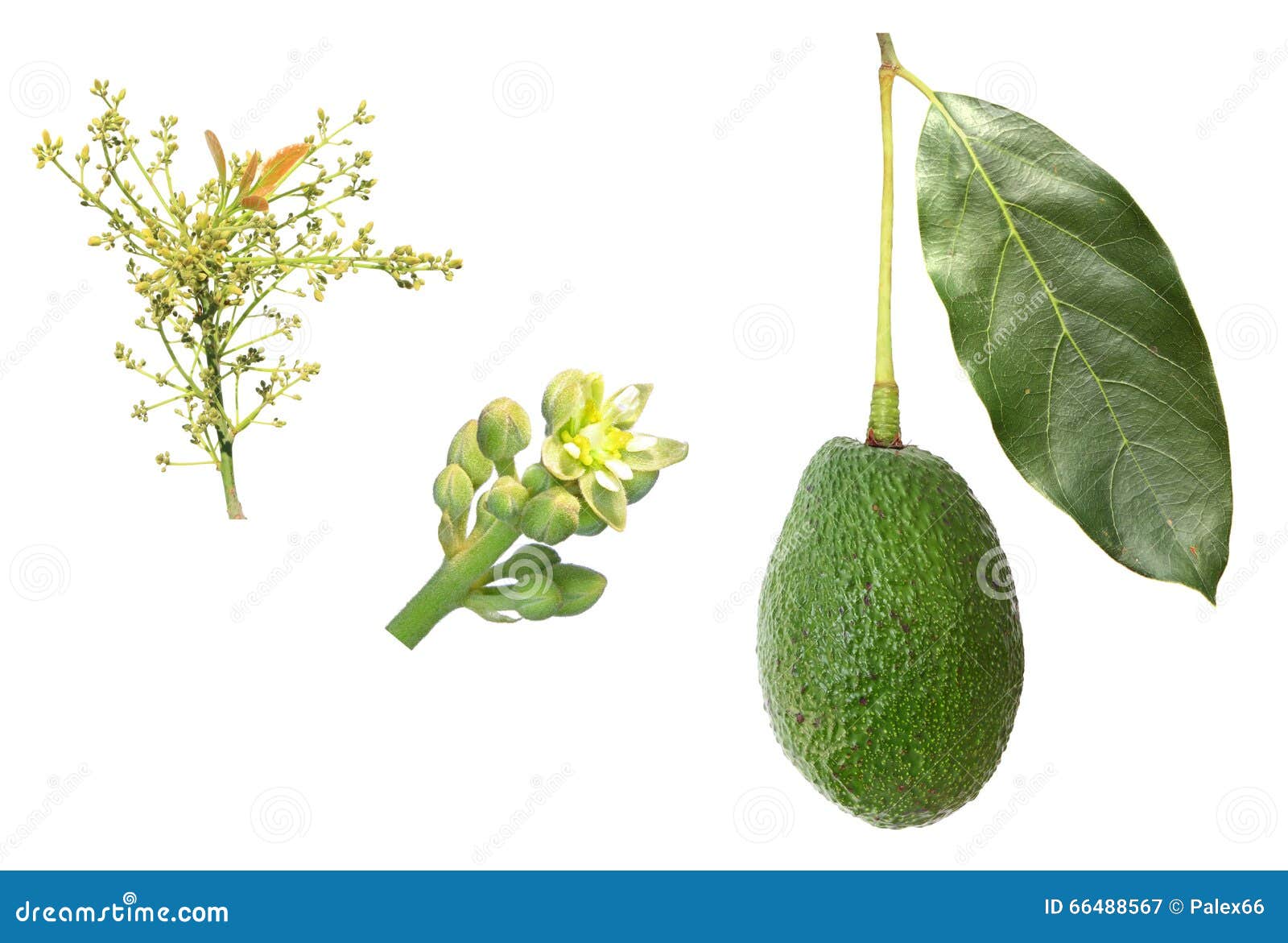At Botanopia, we have more than 5,000 avocado pits under our belt. We’ve tested everything from germination to pruning the plant. Here are all our tips so that you too can finally grow your own avocado plant.
Avocado plants go through several distinct stages of growth, starting from seed germination and progressing through developmental phases until reaching maturity. Each stage requires specific care and has key things to look out for. In this comprehensive guide, we will explore the various life stages of avocado plants and how to support healthy growth.
Avocado Seed Germination
Germination is the very first stage of growth. It begins when the seed coat cracks open and the embryonic root emerges. Here’s an overview of avocado seed germination:
-
Timing – Seeds typically germinate in 2-6 weeks.
-
Requirements – Warmth, moisture and air are needed to trigger germination. Ideal temps are 70-90°F.
-
Process – The seed coat splits open and the taproot emerges first, followed by the cotyledon leaves.
-
Care – Use sterile seed starter mix and keep it moist but not soaked Provide bottom heat if needed
-
Troubleshooting – If seeds don’t germinate try nicking the seed coat with a file or soak in water for faster hydration.
Patiently caring for the seeds through proper germination will give your avocado plants the best start.
Avocado Seedling Stage
Once germination is complete, the plant enters the seedling phase. This is a crucial time for development.
-
Timing – The seedling stage lasts from germination until the plant is 1-2 feet tall.
-
Characteristics – The first true leaves emerge. Root system expands downwards. Stem thickens.
-
Care – Seedlings need lots of light and warm temperatures between 65-85°F. Use a starter fertilizer at half strength.
-
Transplanting – When the taproot emerges from the bottom of the container, transplant into a larger pot.
-
Common issues – Leggy, weak growth happens if light is insufficient. Overwatering can lead to root rot.
With the right care, seedlings will flourish into young saplings ready for the next phase.
Juvenile Avocado Plant Stage
The juvenile stage spans from sapling to a mature tree that can flower and bear fruit. This process takes 3-4 years.
-
Timing – Plants remain juvenile for the first 3-4 years until reaching sexual maturity.
-
Characteristics – Rapid stem and crown growth. Leaf, branch and root development.
-
Care – Use a balanced fertilizer and provide ample water. Prune lightly to encourage bushy growth.
-
Transplanting – Start in 3-5 gallon pots, eventually moving up to 15-25 gallon size.
-
Common issues – Insufficient nutrients, pests, cold damage and improper pruning can impede growth.
Proper care leads to a healthy, robust juvenile tree ready to transition into the flowering and fruiting stage.
Mature Avocado Tree Stage
Once juvenile plants reach sexual maturity, they become mature avocado trees capable of flowering and producing fruit.
-
Timing – Trees reach maturity starting at 3-4 years old post-germination.
-
Characteristics – Flowers bloom, pollination occurs, fruit develops and ripens. Overall growth slows.
-
Care – Increase fertilizer, provide ample sunlight and prune selectively to promote fruiting.
-
Common issues – Lack of pollination reduces yields. Cold snaps damage flowers. Nutrient deficiencies impair fruit production.
Caring for mature trees involves supporting abundant flower and fruit production year after year.
Flowering Stage
Flowering marks the transition from vegetative growth to reproductive growth in mature avocado trees.
-
Timing – Flowers emerge in spring after a period of cooler winter temperatures. Trees can flower year-round in tropical climates.
-
Characteristics – Greenish-yellow flowers appear at branch tips, either singly or in clusters. Each flower opens twice over 2 days.
-
Requirements – Exposure to temperatures below 50°F for 100 hours optimizes flowering. Warm, dry conditions are needed for pollination.
-
Care – Avoid pruning immediately before flowering. Use reflective mulch to boost yields. Provide adequate irrigation.
-
Issues – Frost damage, water stress, pests, diseases and nutritional deficiencies can all reduce flowering.
Robust flowering is key for maximizing pollination and subsequent fruit production.
Fruit Growth Stage
After successful pollination, the avocado fruits begin developing over several months.
-
Timing – Fruit growth takes 6-9 months from flowering to harvest.
-
Characteristics – The ovary enlarges into a fleshy, oval fruit. Oil content rises. Skin color changes upon ripening.
-
Care – Prevent sunburn by providing afternoon shade. Irrigate regularly to avoid fruit drop. Control pests.
-
Harvesting – Fruit are ready for picking when they easily detach from the branch. Skin is deep green to purple-black when ripe.
-
Issues – Poor pollination, drought stress, nutrient deficiencies, and pests reduce fruit development.
Careful management is needed throughout the long fruit growth stage right up until harvest time.
FAQ About Avocado Plant Growth Stages
At what stage do avocado plants produce flowers?
Avocado plants transition from the juvenile stage to mature, flowering plants starting at 3-4 years old. Cooler winter temperatures trigger initial flowering in the spring.
How long after flowering do avocados appear?
It takes 6-9 months for avocado fruits to develop after flowering and successful pollination. The fruits enlarge over the long growth period before ripening.
What are the signs that an avocado plant is ready to harvest?
Indications that avocado fruit are ready for picking include easy detachment from the tree when lightly twisted, external skin color change from green to dark purple-black, and internal flesh softening.
How often do avocado trees flower and fruit?
In ideal conditions, avocado trees can produce two flowering and fruiting cycles per year. The timing depends on seasonal temperatures and climate.
What are the best practices for caring for an avocado plant?
Providing optimal sunlight, using well-draining soil, irrigating appropriately, fertilizing regularly, controlling pests, and pruning judiciously are all important for avocado health.
An Ongoing Process

How to germinate your avocado pit
A pit, like all seeds, is a little reserve of energy designed to create a new plant. To awaken this enormous potential, you need to create the ideal conditions for your seed to grow. The avocado likes a tropical environment: it needs warm temperatures and constantly high humidity to germinate. Here’s how to create an ideal little incubator for your seedling.
- A glass of water
- A good knife
- A paper towel or paper napkin
- A resealable plastic bag or an airtight container
- Nice to have: a germination plate
That’s it, let’s start growing!
Care tips for avocados growing in water
If you like to watch your avocado grow in water, you can keep it indefinitely in hydroculture mode. There’s no need to plant it in soil, unless you want to. Some tips for a healthy avocado plant:
- Change the water very regularly, at least once a week. By changing the water completely (not just top it up), it will also be oxygenated, which is necessary for your plant.
- Add a suitable liquid fertiliser, as there are no nutrients in tap water to help your plant grow. Be careful: chemical fertilisers can burn the roots, so use an organic plant-based fertiliser. By following these two basic tips, you will be able to keep your avocado growing in water for years.

